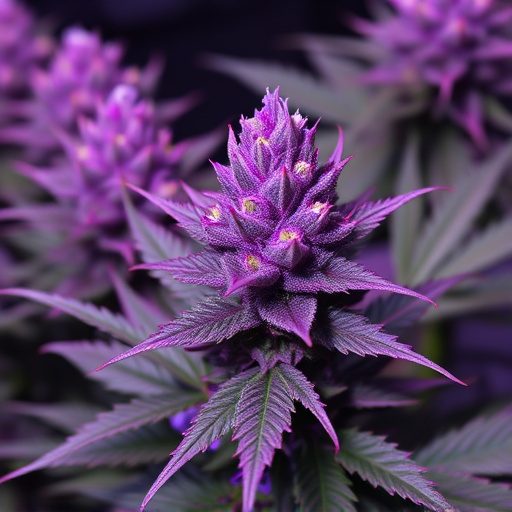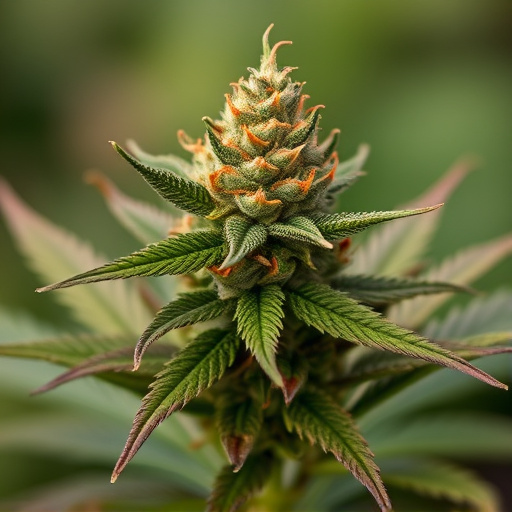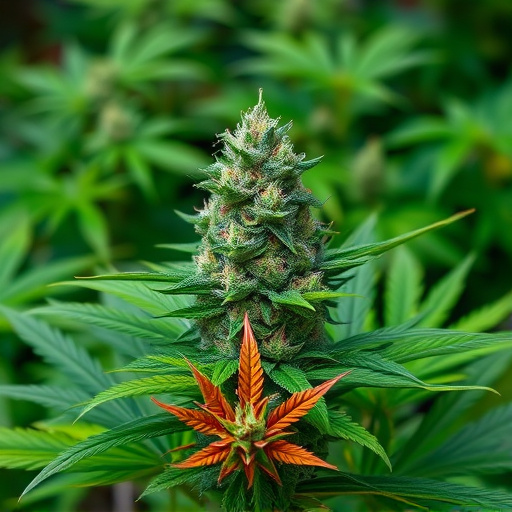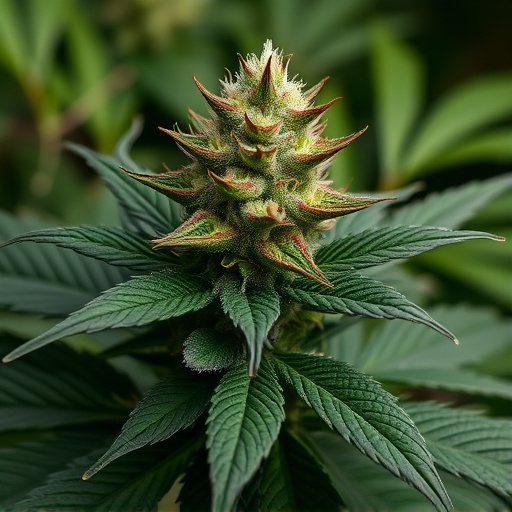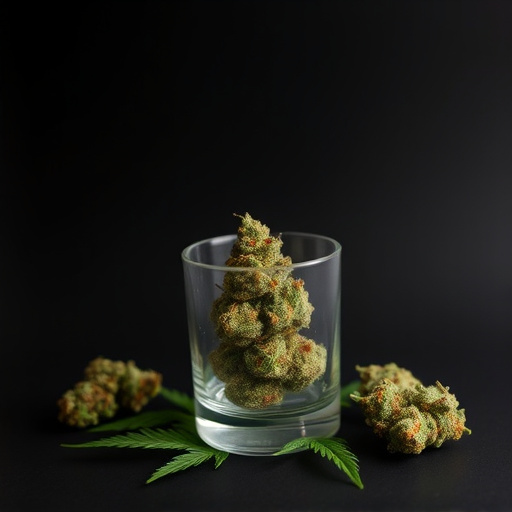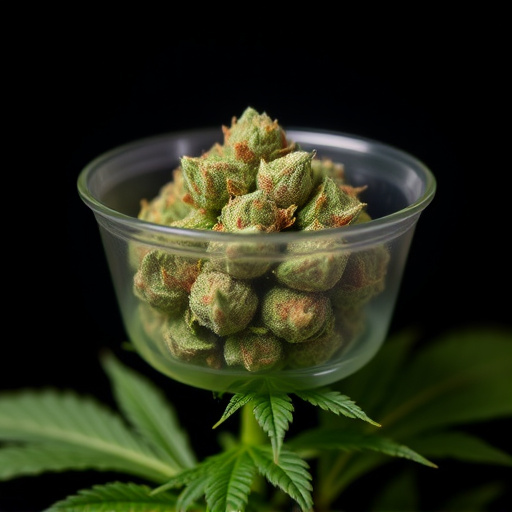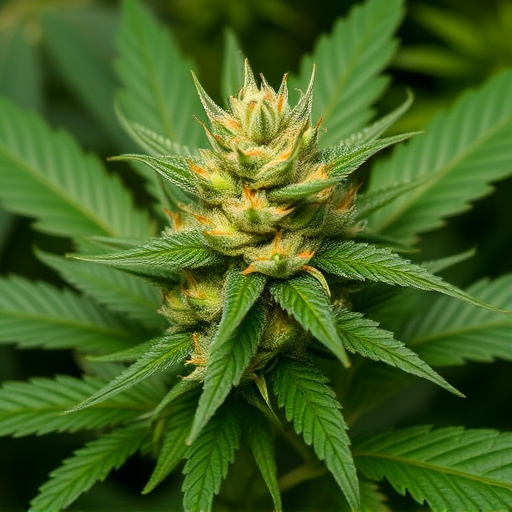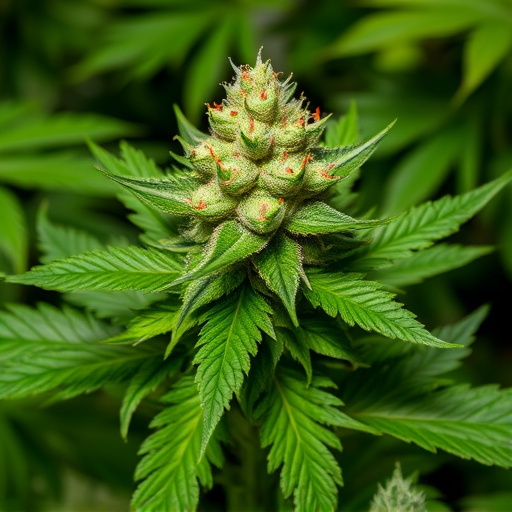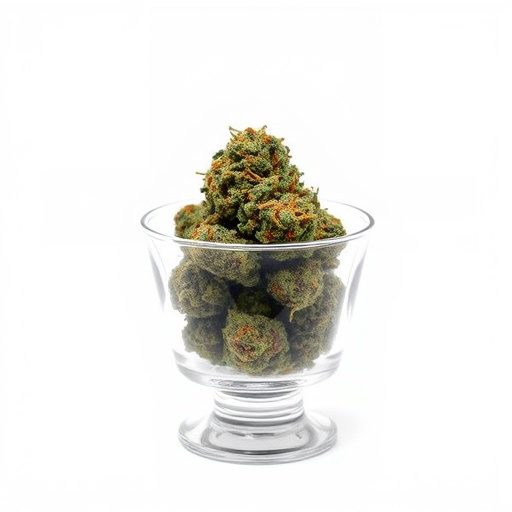Cannabis flowers offer significant therapeutic potential due to their complex chemical composition, including cannabinoids and terpenes. Notable cannabinoids like THC and CBD have gained attention for their medicinal properties, with high-THC strains effective for pain relief and CBD-rich varieties used for anxiety, epilepsy, and skin issues. Global cannabis scenes feature diverse cannabis cup strains, each with unique medicinal applications validated by scientific research and clinical studies. As the legal status of cannabis evolves, ongoing research continues to uncover its potential in treating conditions like multiple sclerosis, epilepsy, cancer, chronic pain, and improving sleep quality.
Cannabis flower has garnered significant attention for its potential medical benefits, driven by its complex chemical composition. At the heart of this lie cannabinoids like THC and CBD, alongside terpenes, which contribute to the plant’s unique properties. Understanding these compounds is key to unlocking the therapeutic potential of various cannabis cup strains. This article explores different strains and their specific medical applications, backed by growing scientific research and clinical studies.
- The Chemical Composition of Cannabis Flowers: Understanding Cannabinoids and Terpenes
- Different Cannabis Cup Strains and Their Medical Applications
- Scientific Research and Clinical Studies on Cannabis for Medicinal Use
The Chemical Composition of Cannabis Flowers: Understanding Cannabinoids and Terpenes
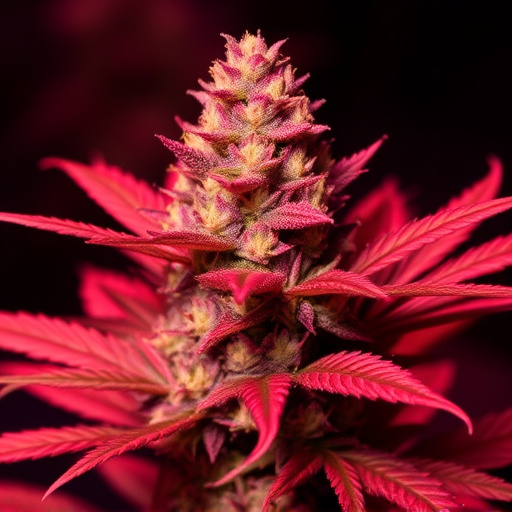
Cannabis flowers are a treasure trove of therapeutic potential due to their intricate chemical composition. At the heart of this composition lie cannabinoids, unique compounds that interact with our body’s endocannabinoid system (ECS), playing a pivotal role in regulating various physiological processes. The most renowned cannabinoid is tetrahydrocannabinol (THC), known for its psychoactive effects, but others like cannabidiol (CBD) have gained significant attention for their medicinal properties without the mind-altering highs.
Beyond cannabinoids, cannabis flowers also boast an array of terpenes, aromatic compounds responsible for the plant’s distinct scents and flavors. These terpenes not only contribute to the overall sensory experience but also exhibit potential therapeutic benefits. For instance, myrcene is known for its relaxing properties, while limonene is associated with uplifting effects. The interplay between cannabinoids and terpenes in different cannabis cup strains contributes to a diverse range of medicinal applications, making cannabis a fascinating subject of study in modern medicine.
Different Cannabis Cup Strains and Their Medical Applications
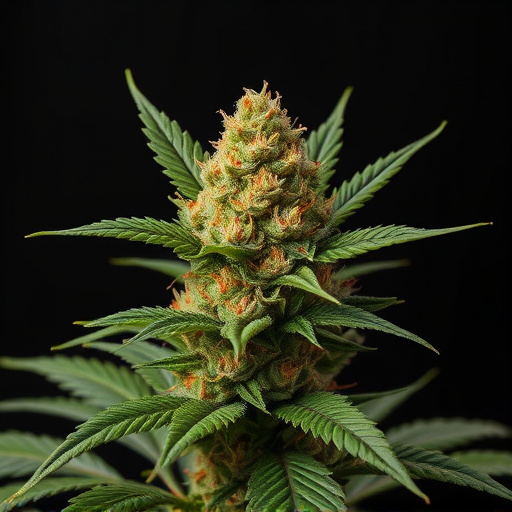
The diverse world of cannabis offers a wide array of Cup strains, each with unique characteristics and therapeutic potential. These strains are categorized based on their dominant cannabinoids, such as THC (tetrahydrocannabinol) or CBD (cannabidiol), and their specific ratios can significantly impact medical applications. For instance, high-THC strains are often sought for their potent pain-relieving and anti-inflammatory properties, making them beneficial for managing chronic conditions like arthritis or neuropathic pain. On the other hand, CBD-rich strains have gained popularity for their potential in treating anxiety, epilepsy, and even certain skin conditions, as CBD is known for its calming effects and anti-seizure properties.
Cannabis Cup contests celebrate these diverse strains by recognizing their distinct medicinal qualities. Winners are often chosen based on potent, balanced cannabinoid profiles, as well as terpene content—organic compounds responsible for the unique aromas and flavors of each strain. These competitions not only highlight top performers but also encourage breeders to develop new varieties tailored to specific medical needs, further expanding the potential benefits of cannabis in healthcare.
Scientific Research and Clinical Studies on Cannabis for Medicinal Use
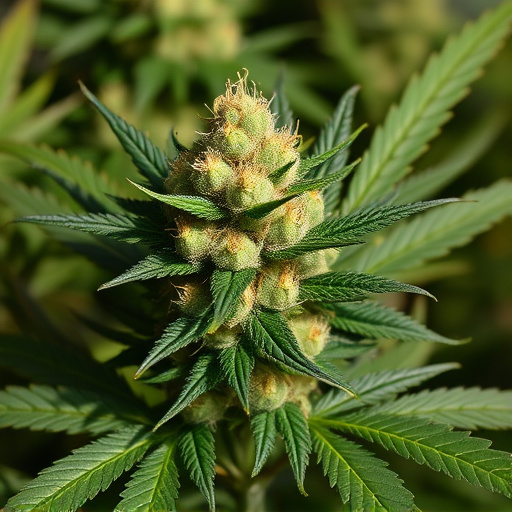
Scientific research and clinical studies have increasingly validated the medicinal properties of cannabis, with a growing body of evidence supporting its effectiveness in treating various medical conditions. These studies range from exploring the potential of specific cannabis cup strains for managing pain and anxiety to investigating their anti-inflammatory and neuroprotective effects. One notable area of focus has been the role of cannabinoids, such as THC and CBD, in alleviating symptoms associated with multiple sclerosis, epilepsy, and certain types of cancer.
Many clinical trials have shown promising results, leading healthcare professionals to recognize cannabis as a valuable adjunct therapy. For instance, studies have demonstrated that cannabis-based treatments can significantly reduce chronic pain, improve sleep quality, and manage nausea and vomiting in patients undergoing chemotherapy. As the legal status of cannabis for medicinal use continues to evolve globally, more research is expected to uncover additional therapeutic benefits, further solidifying its place in modern medicine.
Cannabis flowers offer a wealth of medical benefits, with various cannabis cup strains each possessing unique properties. The chemical composition, rich in cannabinoids and terpenes, plays a pivotal role in these effects. Scientific research supports the use of cannabis for medicinal purposes, highlighting its potential to alleviate a range of conditions. As understanding deepens, cannabis continues to revolutionize healthcare, promising new treatments and improved quality of life for many.
